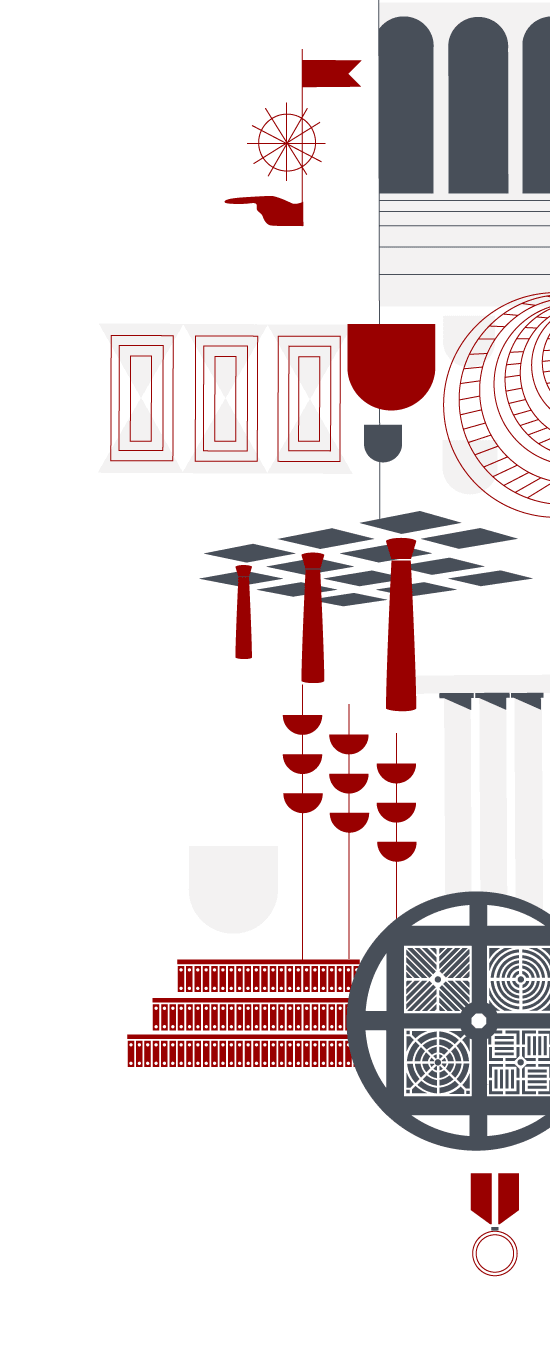
Botanical Garden
Padua Botanical Garden:
www.ortobotanicopd.it/en
1543: The ‘lettura dei semplici’, or study of medicinal plants, was taught in Padova by Francesco Bonafede. Following centuries of tradition based on ancient authors, Bonafede recognised a need for the direct observation of nature in this branch of learning. In those days, classical texts on the therapeutic use of herbs were routinely and dangerously misinterpreted, and little trust could be placed in the honesty of apothecaries. Accordingly, Bonafede approached the rector of the universitas artistarum (which taught medical and botanical disciplines), requesting that a public garden be opened for the cultivation and study of medicinal plants and herbs – the so-called ‘semplici’ (medicamentum simplex). The request came before the Senate of the Venetian Republic, which on June 29 1545 decreed that a suitable plot of land should be purchased. These were the origins of Padova’s Botanical Garden, the oldest university garden in the world to have retained its original location and layout over the centuries.
The structure of the Garden (a square within a circle) was enclosed by a wall in 1552 to combat the continual theft of plants, targeted for the rarity of their vegetal properties and the value of the medicines obtained from them. The botanical stock continued to grow, with plants brought in from all parts of the globe, especially from those countries where the Venetian Republic had possessions or trade relations; hence, the importance of Padova as regards the introduction and study of many exotic species.
Since 1997 the Botanical Garden has been part of the Unesco World Heritage List as a cultural landmark. The listing was justified by Unesco on the following grounds: “The Botanical Garden of Padua is the original of all botanical gardens throughout the world, and represents the birth of science, of scientific exchanges, and understanding of the relationship between nature and culture. It has made a profound contribution to the development of many modern scientific disciplines, notably botany, medicine, chemistry, ecology, and pharmacy”.

Since September 2014, new areas representing the different climates across the Planet have opened to the public. The species in the Biodiversity Garden are about 1,300. They live in environments sharing the same humidity and temperature characteristics, simulating the climatic conditions of the planet's biomes, from tropical to sub-humid, temperate and arid zones. The position of the plants in each environment and of the aquatic plant lake reflects a phytogeographic division – Plant and Environment is a voyage through the Earth's vegetation (in America, Africa and Madagascar, Asia, temperate Europe and Oceania). And the visitor can immediately see a representation of the richness (or poverty) of biodiversity present in each climate zone.

The Botanical Garden is also home to important cultural institutions, namely the Library, opened in 1835, and the Botanical Museum, inaugurated in the same year as a Herbarium, both of which were initiatives of the Garden’s then Prefect, Antonio Bonato. Today, the Museum houses about 500,000 dried samples, some of which date from the end of the 18th century.
Orto Botanico
via Orto Botanico, 15 - 35123 Padova
ph.: +39 049 8273939
e-mail: info@ortobotanicopd.it; prenotazioni@ortobotanicopd.it
www.ortobotanicopd.it


